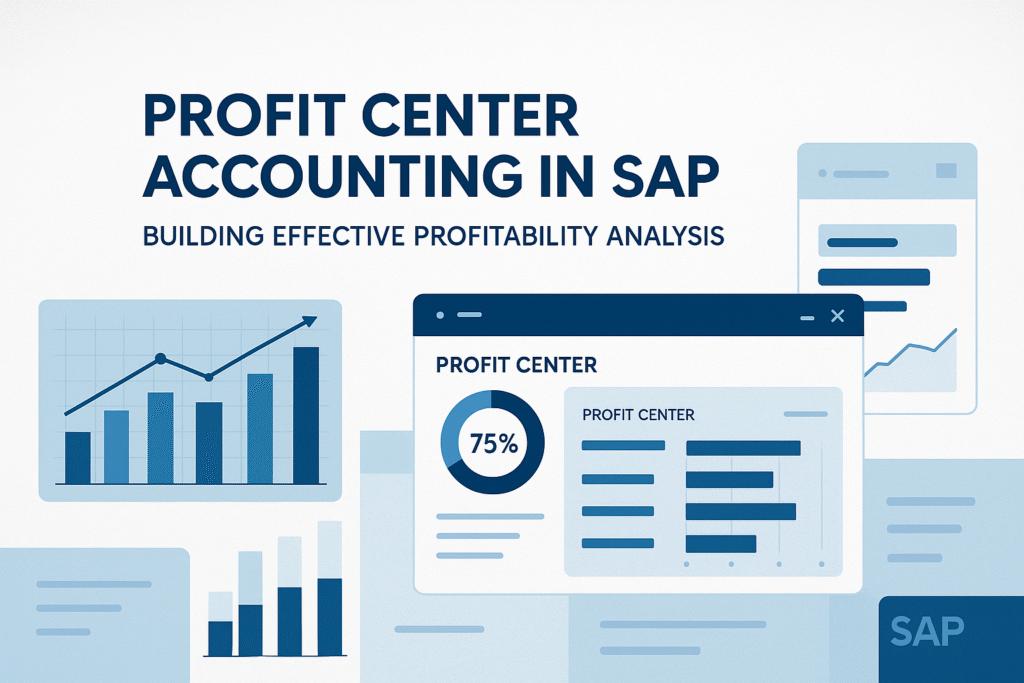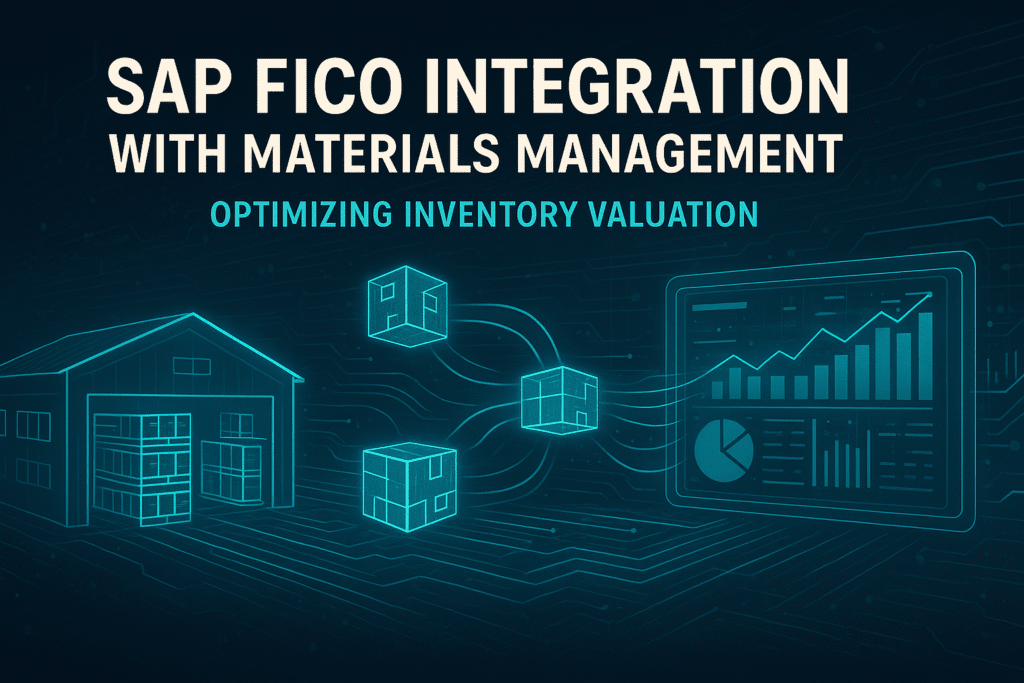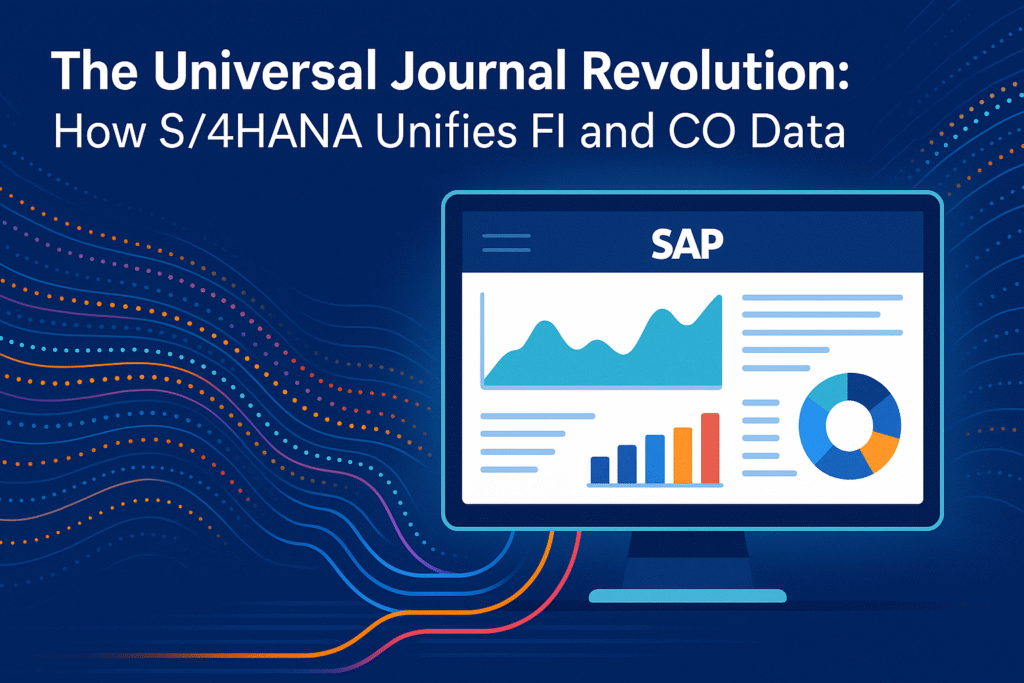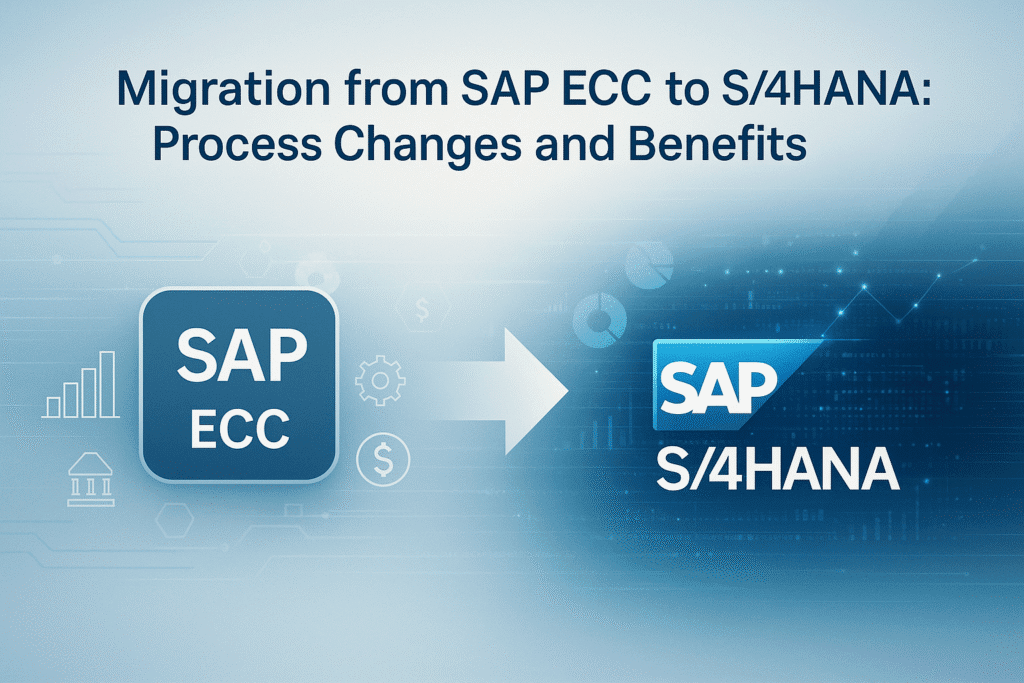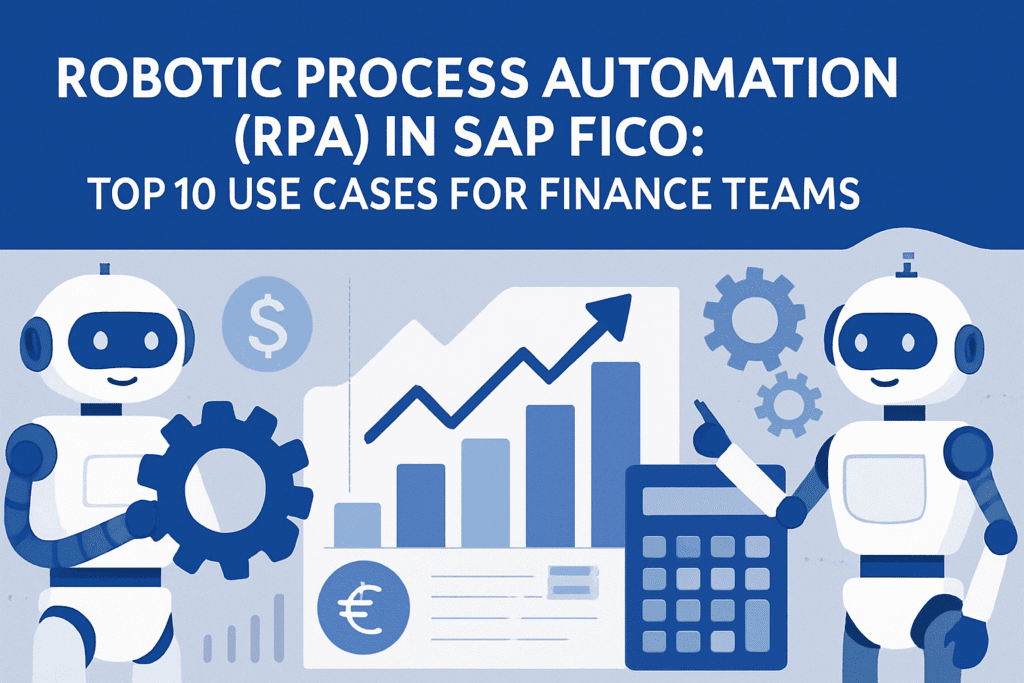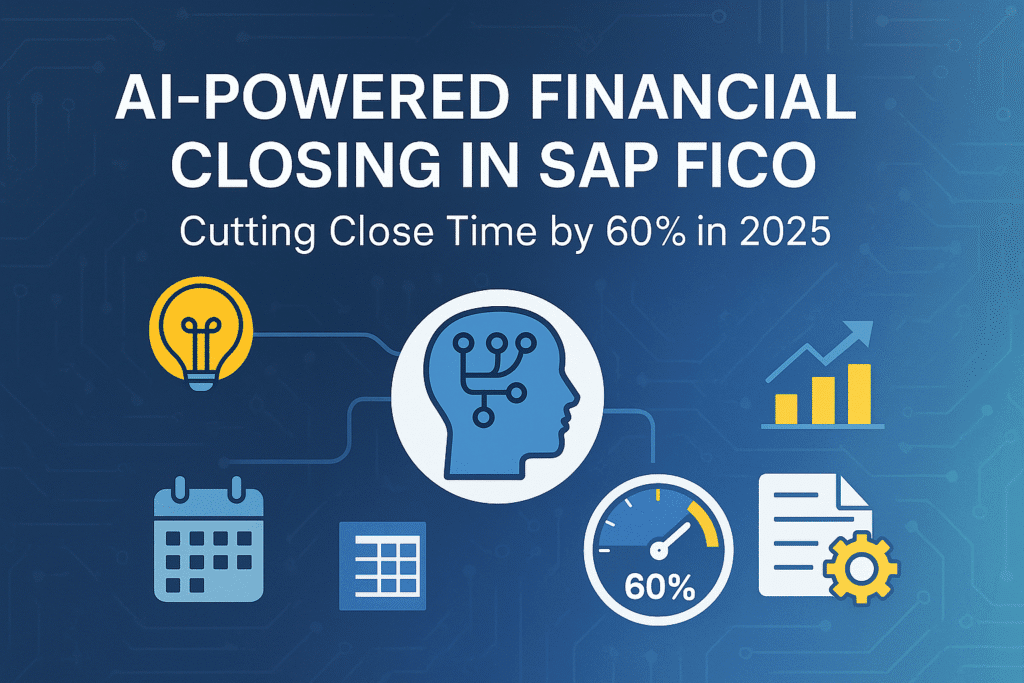Internal Order Management: From Planning to Settlement Best Practices
The management of internal orders in SAP represents one of the most sophisticated and powerful tools for cost control, project monitoring, and resource allocation within organizations. As businesses increasingly demand granular visibility into operational expenses and project-specific costs, internal orders …
Internal Order Management: From Planning to Settlement Best Practices Read More »


